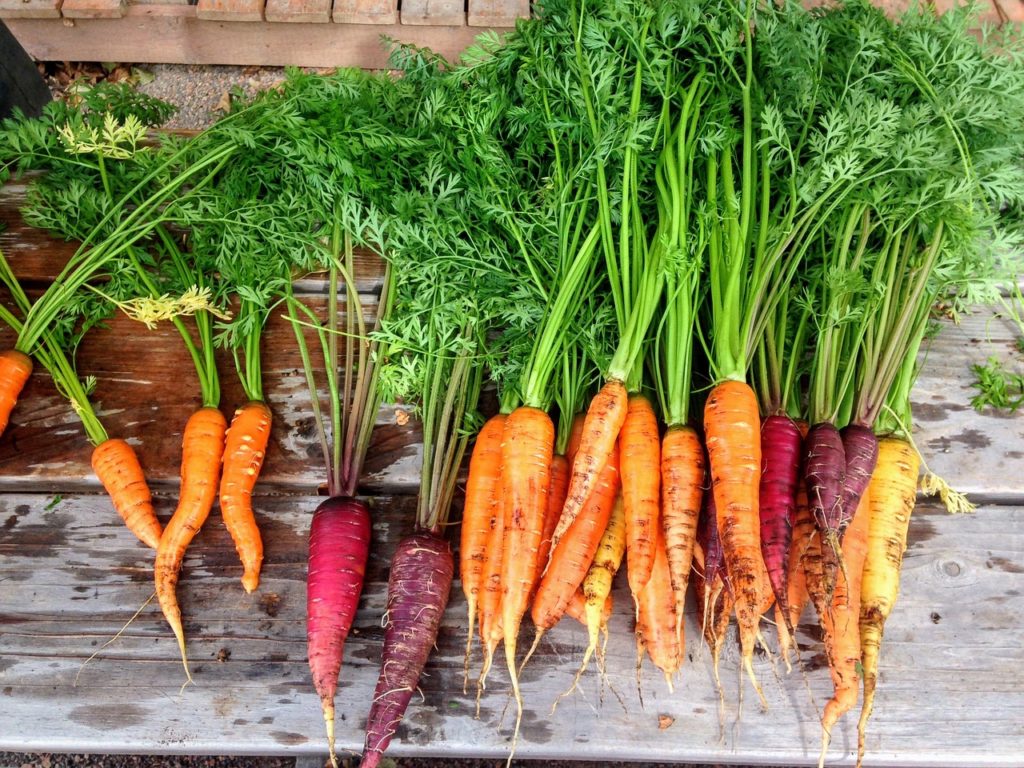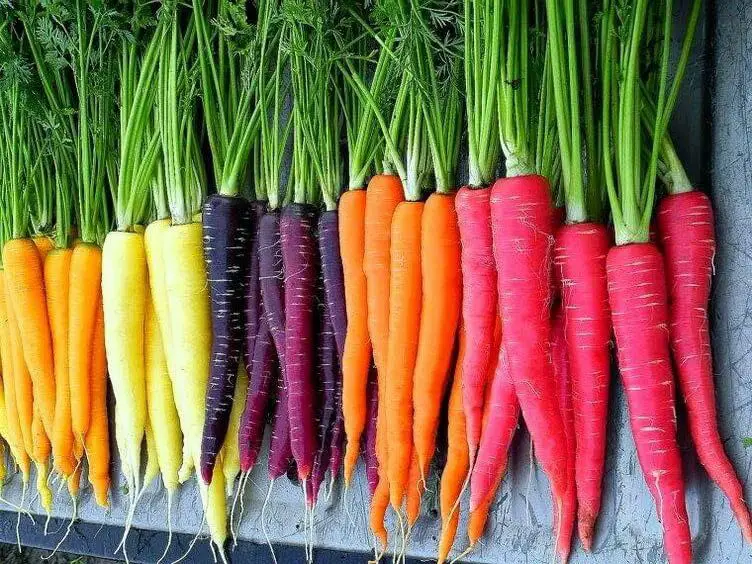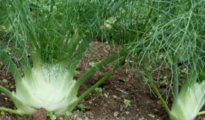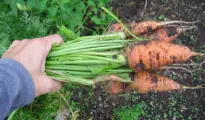Carrots are a staple in many home gardens due to their sweet, crisp flavor and versatility in cooking. Whether you're growing them for the first time or you're a seasoned gardener, it's important to know how to get the most out of your carrot harvest. In this post, we'll cover everything you need to know about growing and harvesting carrots, from choosing the right variety to storing your harvest.

Choosing the Right Variety for Your Garden
There are many different types of carrots, each with its own unique flavor, color, and size. Some of the most popular varieties include ‘Nantes', ‘Imperator', and ‘Chantenay‘. When choosing a carrot variety, consider the size and shape of the roots, as well as the color. Some varieties are better suited for storage, while others are better for fresh eating.
Another important factor to consider when choosing a carrot variety is the climate in which you live. Some carrots are better suited to cooler climates, while others are more heat-tolerant. For example, ‘Nantes' and ‘Imperator' varieties are good choices for cooler climates, while ‘Chantenay' is a heat-tolerant variety that is well-suited to warmer climates.
Preparing Your Soil and Starting Seeds
Carrots are a root crop, which means that they need well-draining soil to grow properly. Before planting, amend your soil with organic matter such as compost or well-rotted manure to improve the soil structure and fertility. You can also add sand to heavy soils to improve drainage.
Carrots are best started from seed, as they are slow to germinate and don't transplant well. Sow your seeds in well-prepared soil in early spring, about 1/4 inch deep and 1 inch apart. As the seedlings emerge, thin them out to 3-4 inches apart.
Proper Planting and Care
Carrots need a consistent water supply to grow properly, so be sure to water your plants regularly and deeply. Mulching around your plants will help to conserve moisture and prevent weed growth.
Staking your carrot plants is also a good idea, as it helps to keep the soil from splashing onto the leaves and stems, which can lead to disease problems. If you're planting in a raised bed, you can simply build a barrier around the edges of the bed to keep the soil from splashing.
Dealing with Common Carrot Problems
Carrots can be affected by a variety of problems, including cracking, insect pests, and disease. To prevent cracking, be sure to water your plants regularly and avoid over-fertilizing.
Insect pests, such as carrot rust fly and aphids, can be controlled with insecticidal soap or neem oil. To prevent disease problems, avoid planting your carrots in the same area two years in a row and rotate your crops.
Harvesting and Storing Carrots
Carrots are ready to harvest when the roots are about 1 inch in diameter, usually about 2-3 months after planting. To harvest, simply pull the carrots up by the green tops. Be sure to store your carrots in a cool, dark place, such as a root cellar, to prevent spoilage.
By following these tips, you can get the most out of your carrot harvest. Whether you're a beginner or an experienced gardener,



















